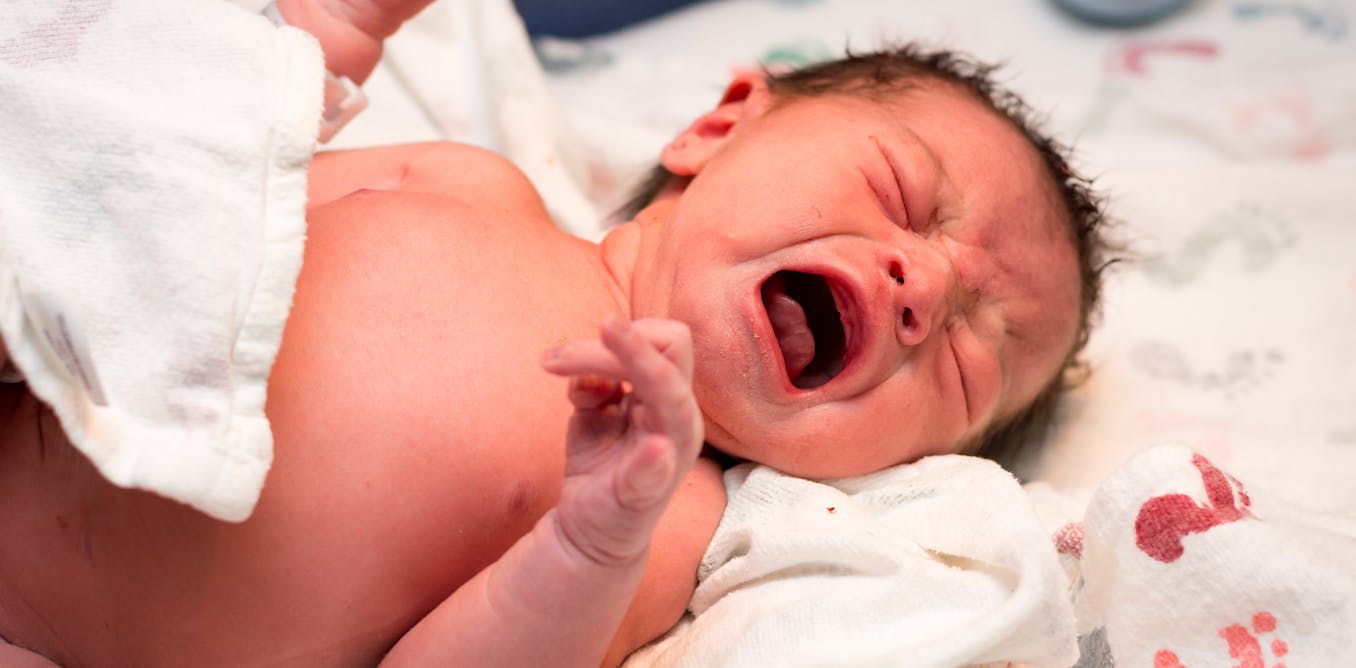
Emre Ilhan and Simon van Rysewyk
Abstract
The belief that neonates or infants can feel pain is relatively recent development. Historically, major cardiac surgery was performed in some neonates or infants without anaesthesia, based on the belief that infants had immature nervous systems; therefore, they were incapable of pain, and were fatally vulnerable to the side-effects of anaesthesia. What was standard medical practice in the past is now considered medically unsound and morally unjust. Given that neonates or infants cannot linguistically describe their pain, researchers and clinicians have considered behavioural, physiological, and neurophysiological cues to determine pain in neonates or infants. Pain assessment based on behavioural cues is not an ‘indirect’ means of inferring pain in the neonate and infant because pain experience is not totally separable from its behavioural manifestations. Since pre-linguistic neonates or infants do not possess the concept of pain, in social settings involving pain, the neonate and infant expresses pain only by virtue of a courtesy extended to signs of pain by linguistically competent adults who have already mastered the practice of using ‘pain’. Thus, the aim of this paper is to describe how clinicians and researchers have conceptualised neonatal or infant pain, and what implications these may have in the study of neonatal or infant pain. Craig’s social communications model emphasises how intra- and interpersonal factors surrounding assessment of infant pain influences the caregiver’s ability to decode the behavioural, physiological, and neurophysiological expression of the neonate’s and infant’s pain. Although the neonate’s or infant’s ability to express pain through behavioural signs is an essential aspect of pain assessment, the role of pain detection falls heavily on the caregiver. In some circumstances, such as severe disease acuity, neonates or infants may not have the capacity to respond behaviourally or physiologically to pain. Therefore, it is argued, examining the caregiver’s conceptualisation of the pain is even more important in these circumstances, as it has obvious implications for pain management.
Keywords: neonate, infant, pain, neonatal intensive care unit, pre-linguistic, meaning, concept
Read the article here.
